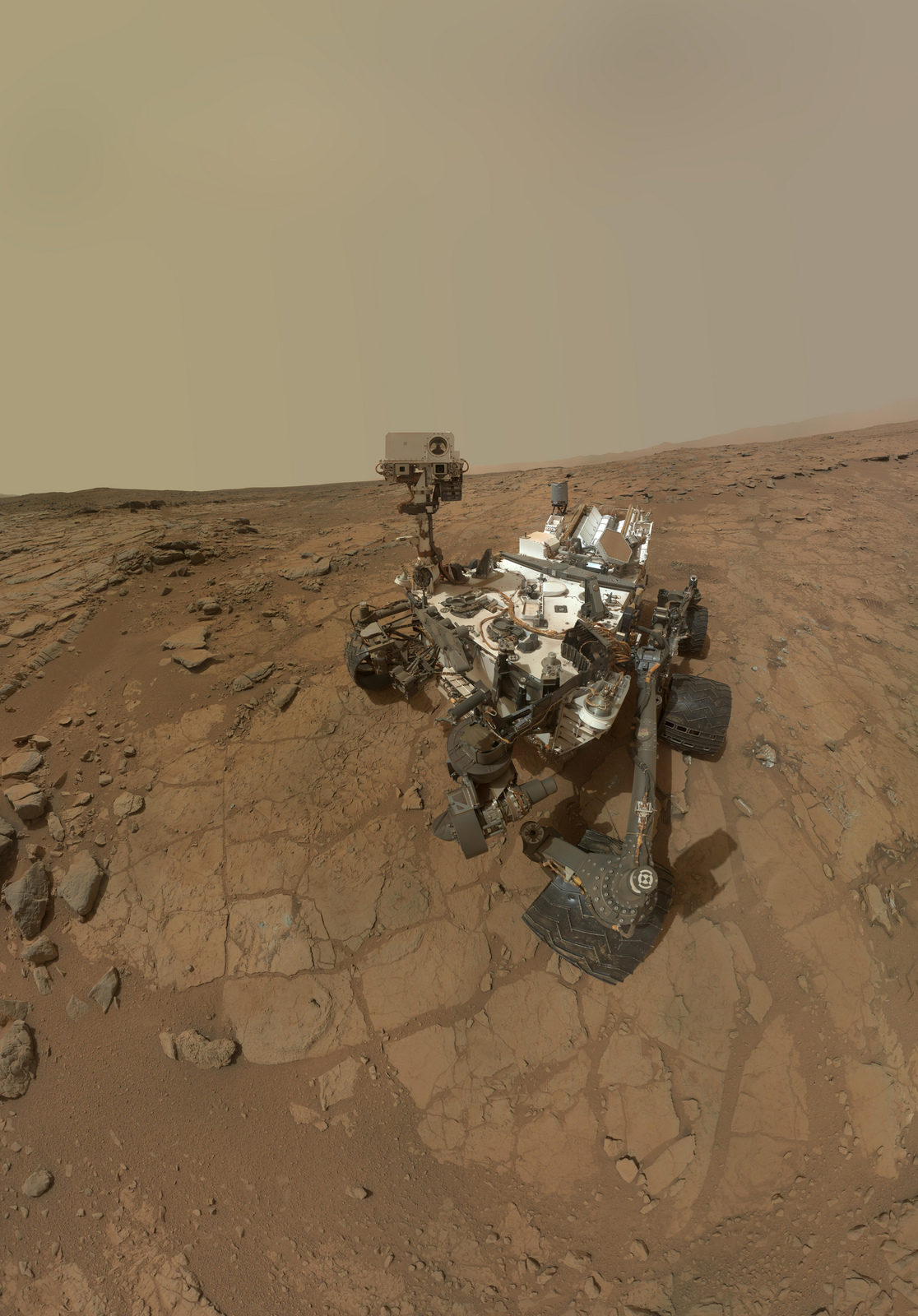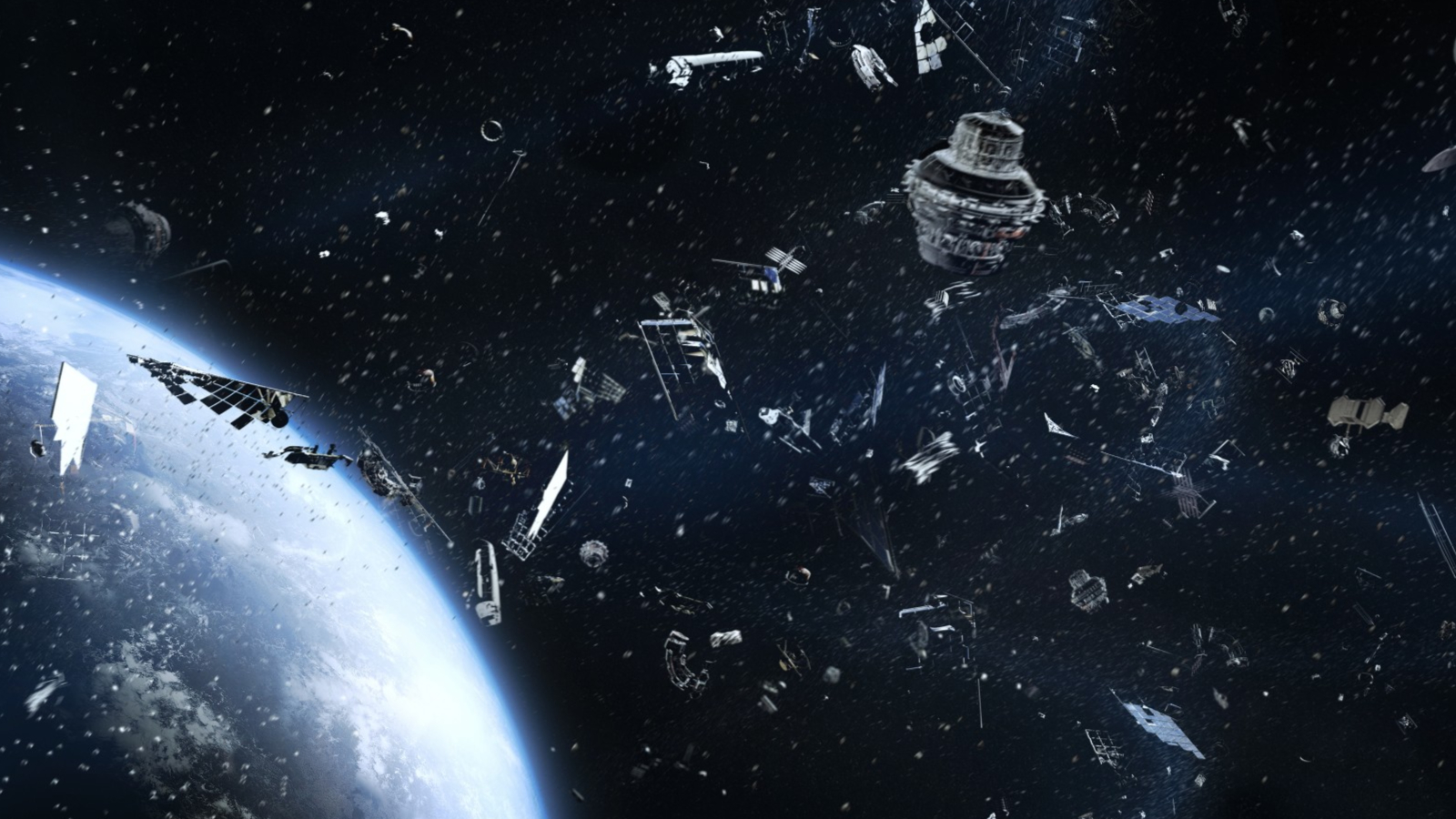NASA's Mars Rover Curiosity in Safe Mode After Computer Glitch

This story was updated at 4:30 p.m. ET.
A computer glitch on NASA's Mars rover Curiosity has forced the robot to switch to a backup computer while engineers try to resolve the problem.
In the meantime, Curiosity's science work is on hold, and the spacecraft is in a minimal-activity state known as "safe mode" while its backup computer is updated with the command codes and parameters it needs to take over the rover's full operations.
"We're still early on in the process," said Richard Cook, Curiosity project manager at NASA's Jet Propulsion Laboratory in Pasadena, Calif. "We have probably several days, maybe a week of activities to get everything back and reconfigured."
The issue cropped up Wednesday (Feb. 27), when the spacecraft failed to send its recorded data back to Earth and did not switch into its daily sleep mode as planned. After looking into the issue, engineers decided to switch the Curiosity rover from its primary "A-side" computer to its "B-side" backup on Thursday at 5:30 p.m. EST (22:30 GMT). [Curiosity Rover's Latest Amazing Mars Photos]
"Don't flip out: I just flipped over to my B-side computer while the team looks into an A-side memory issue," NASA officials wrote on behalf of the rover via Curiosity's Twitter feed.
The computer problem is related to a glitch in flash memory on the A-side computer caused by corrupted memory files, Cook said. Scientists are still looking into the root cause the corrupted memory, but it's possible the memory files were damaged by high-energy space particles called cosmic rays, which are always a danger beyond the protective atmosphere of Earth.
Breaking space news, the latest updates on rocket launches, skywatching events and more!
"The hardware that we fly is radiation tolerant," Cook told SPACE.com, "but there's a limit to how hardened it can be. You can still get high-energy particles that can cause the memory to be corrupted. It certainly is a possibility and that's what we're looking into."
Once Curiosity is up and running again, the rover should have no problem using its B-side computer as its primary computer for a while, officials said. As standard protocol, Curiosity, like many spacecraft, has redundant main computer systems as a safety precaution for just this type of anomaly.
"While we are resuming operations on the B-side, we are also working to determine the best way to restore the A-side as a viable backup," said JPL engineer Magdy Bareh, leader of the mission's anomaly resolution team, said in a statement.
Eventually, the team will want to turn the A-side computer back on and make sure both computers on the rover are healthy.
"We also want to look to see if we can make changes to software to immunize against this kind of problem in the future," Cook said.
The Curiosity rover, the centerpiece of NASA's $2.5 billion Mars Science Laboratory mission, launched in November 2011 and landed inside Mars' Gale Crater in August 2012. The rover is exploring Mars, searching for signs that the Red Planet may once have been habitable to microbial life. While originally slated for a two-year stint, the rover's mission has been extended indefinitely.
Recently, Curiosity has been analyzing rock samples collected using its onboard drill. It's the first time experiments have been conducted on powder from the interior of Martian rocks.
The short hiatus form science work caused by the computer issue shouldn't cause any long-term complications to the rover's mission, Cook said.
You can follow SPACE.com assistant managing editor Clara Moskowitz on Twitter @ClaraMoskowitz. Follow SPACE.com on Twitter @Spacedotcom. We're also on Facebook & Google+. This story was originally published at SPACE.com.
Join our Space Forums to keep talking space on the latest missions, night sky and more! And if you have a news tip, correction or comment, let us know at: community@space.com.

Clara Moskowitz is a science and space writer who joined the Space.com team in 2008 and served as Assistant Managing Editor from 2011 to 2013. Clara has a bachelor's degree in astronomy and physics from Wesleyan University, and a graduate certificate in science writing from the University of California, Santa Cruz. She covers everything from astronomy to human spaceflight and once aced a NASTAR suborbital spaceflight training program for space missions. Clara is currently Associate Editor of Scientific American. To see her latest project is, follow Clara on Twitter.
